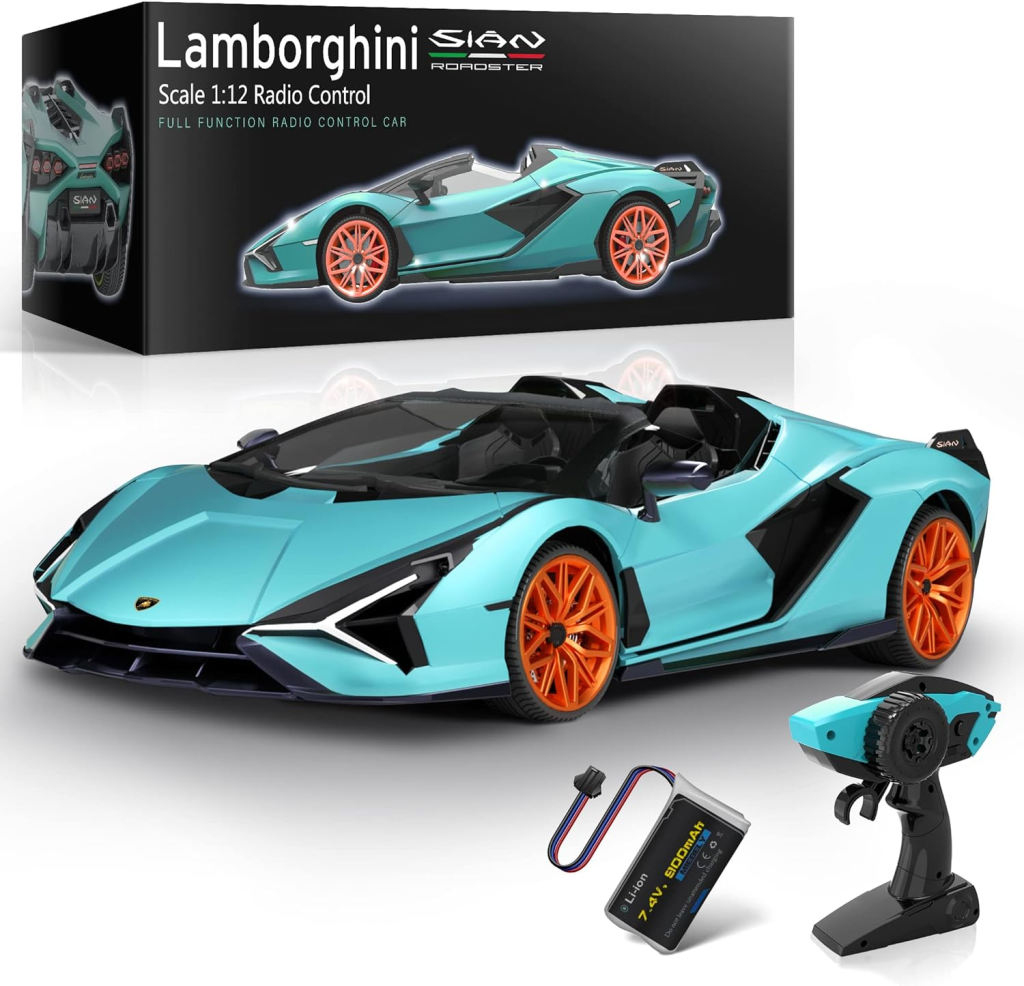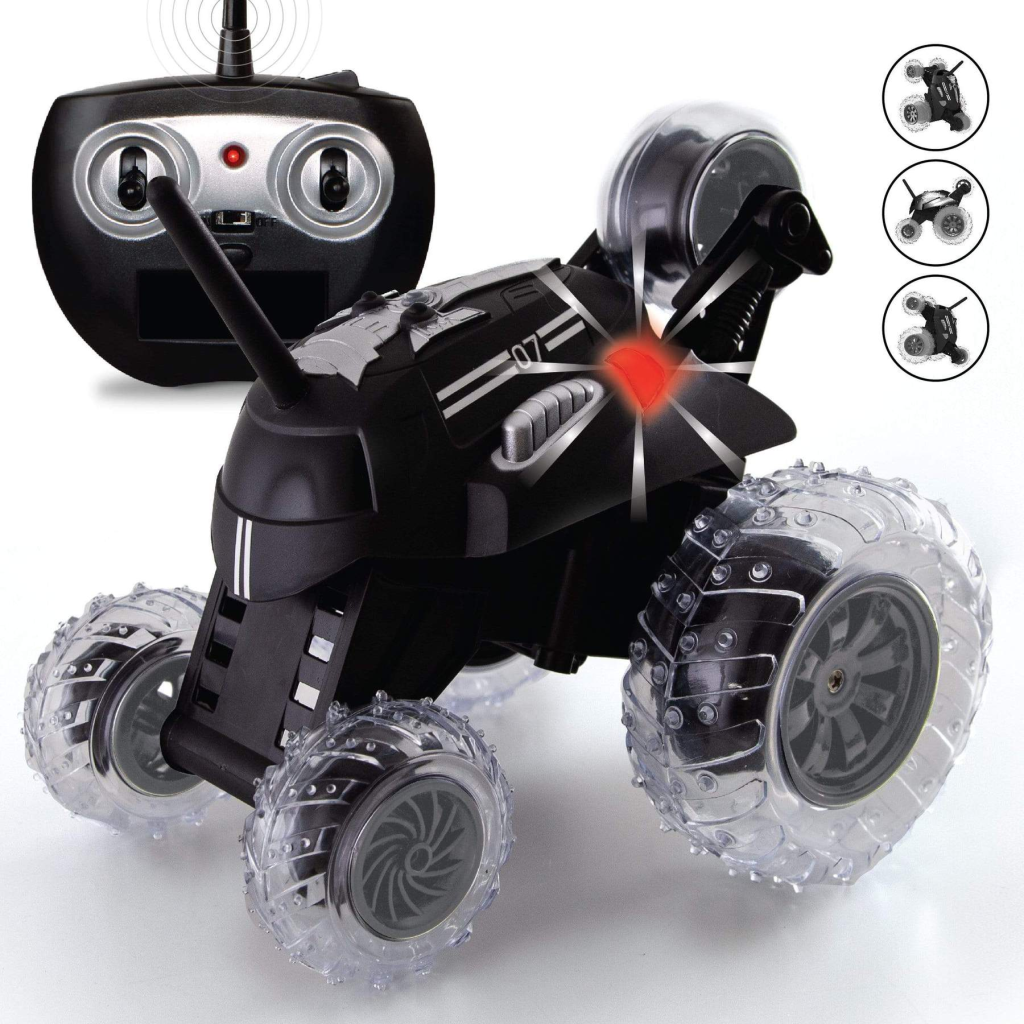
Introduction
Radio-controlled cars, also known as RC cars, are more than just toys. These miniature vehicles are popular amongst hobbyists, collectors, and enthusiasts of all ages. With advanced technology and a wide variety of models available, RC cars have evolved into a dynamic and thrilling hobby. In this article, we will explore the world of RC cars, including their history, different types, customization options, and the exhilarating experience of racing them.
History of RC Cars
The history of radio-controlled cars dates back to the 1960s when hobbyists began experimenting with remote-controlled vehicles as a form of entertainment. The first commercial RC cars were introduced in the early 1970s, featuring simple designs and limited capabilities. However, as technology advanced, so did the capabilities of RC cars, leading to the development of faster, more agile, and more lifelike models.
Today, RC cars come in a wide variety of types, including electric, nitro-powered, and gas-powered models. From off-road trucks and buggies to on-road touring cars and drift cars, there is a vast array of options to suit different preferences and skill levels.

Types of RC Cars
Electric RC Cars
Electric RC cars are popular among beginners and younger enthusiasts due to their ease of use and low maintenance requirements. These cars are powered by rechargeable battery packs and can be operated indoors or outdoors. They come in various sizes and styles, from small micro RC cars to larger 1/10 scale models. Electric RC cars are also known for their quiet operation and instant power delivery, making them a favorite among those who prefer a hassle-free driving experience.
Nitro-Powered and Gas-Powered RC Cars
Nitro-powered and gas-powered RC cars are the choice of many experienced hobbyists who seek the thrill of speed and the sound of a high-revving engine. These cars are powered by internal combustion engines and use a fuel mixture of nitromethane, methanol, and lubricant. Nitro-powered and gas-powered RC cars are known for their high performance, realistic engine sounds, and the need for regular maintenance and tuning. They are ideal for outdoor racing and offer an adrenaline-pumping experience for those who crave speed and power.

Customization Options
Upgrades and Modifications
One of the most appealing aspects of RC cars is the ability to upgrade and customize them according to individual preferences. Hobbyists can enhance the performance of their RC cars by installing high-performance motors, speed controllers, and suspension components. Additionally, they can modify the appearance of their cars with aftermarket body shells, decals, and paint schemes. The wide range of upgrade options allows enthusiasts to personalize their RC cars and improve their driving experience.
Tuning and Maintenance
Tuning and maintaining an RC car is a crucial aspect of the hobby, as it ensures optimal performance and longevity of the vehicle. Hobbyists can fine-tune their car’s suspension, gearing, and steering to achieve the desired handling characteristics and speed. Regular maintenance, such as cleaning, lubricating, and replacing worn components, is also essential to keep an RC car in top condition. With the availability of a wide range of aftermarket parts and accessories, hobbyists have the flexibility to customize and maintain their RC cars to their exact specifications.
The Thrill of Racing
On-Road Racing
On-road racing involves competitive events held on paved tracks, where participants race their RC cars around tight corners and long straightaways. These events require precision driving and skilled maneuvering to navigate through challenging courses. On-road racing is popular among enthusiasts who enjoy the technical aspects of driving and the thrill of competing against other drivers in a fast-paced and intense environment.
Off-Road Racing
Off-road racing takes place on dirt, gravel, or turf tracks and includes jumps, bumps, and other obstacles that test the capabilities of the RC cars. This form of racing demands a high level of agility, traction, and durability from the vehicles, as they are subjected to rough terrain and aggressive driving. Off-road racing appeals to those who prefer the excitement of unpredictable conditions and the opportunity to showcase their driving skills in a dynamic and exhilarating setting.

Advanced Technologies
Brushless Motors and LiPo Batteries
In recent years, the introduction of brushless motors and LiPo (Lithium Polymer) batteries has revolutionized the world of RC cars. Brushless motors offer higher efficiency, increased power output, and smoother acceleration compared to traditional brushed motors. LiPo batteries provide higher energy density, lighter weight, and longer run times. These advanced technologies have significantly enhanced the performance capabilities of RC cars, allowing for faster speeds, longer run times, and improved overall driving experience.
Digital Radio Systems and Electronic Stability Control (ESC)
Digital radio systems and electronic stability control (ESC) have also become standard features in modern RC cars. Radios offer precise control and interference-free operation, allowing for more accurate steering and throttle inputs. ESC systems provide improved handling and stability by managing the power delivery and traction control, making it easier for drivers to maintain control of their cars during high-speed maneuvers and slippery conditions. These technological advancements have made RC cars more user-friendly and accessible to a wider range of enthusiasts.
Community and Events
RC Clubs and Communities
The RC car hobby has a strong sense of community, with enthusiasts often joining local clubs and communities to share their passion for the hobby. These clubs offer opportunities for socializing, learning, and racing with fellow enthusiasts. Many clubs organize regular meetups, races, and events, fostering a sense of camaraderie and support among members. The community aspect of RC car hobby provides a platform for enthusiasts to exchange ideas, share knowledge, and experience the thrill of racing together.
National and International Competitions
Beyond local club events, there are national and international competitions that attract top-level drivers from around the world. Organizations such as the International Federation of Model Auto Racing (IFMAR) and the Radio Operated Auto Racing (ROAR) organize prestigious events where drivers compete at the highest levels of skill and performance. These competitions feature various classes and disciplines, including on-road, off-road, and endurance races, showcasing the diversity and competitiveness of the RC car community on a global scale.

Conclusion
From their humble beginnings to the present day, radio-controlled cars have captured the hearts of hobbyists and enthusiasts around the world. With a wide range of models, customization options, and racing experiences to choose from, RC cars continue to provide endless excitement and enjoyment for those who are passionate about the hobby. Whether it’s the thrill of high-speed racing or the satisfaction of customizing and tuning a car to perfection, the world of RC cars offers something for everyone. So, whether you’re a seasoned veteran or a newcomer to the hobby, the exhilarating world of radio-controlled cars awaits your exploration.




